In the old days, saying that an RPG was turn-based sounded redundant. After all, the inspiration for electronic games came from D&D, where all actions are governed alternately between players, enemies, and the master, i.e., by turn. But from the 1980s to today, many types of combat have emerged in RPGs, including numerous styles and innovations in the pioneering turn-based combat.
This article will show you some games that have applied a makeover to command-based battles and enhanced a system that in itself is already strategic but manages to get steadily more elaborate and thrilling.
The most basic turn-based system
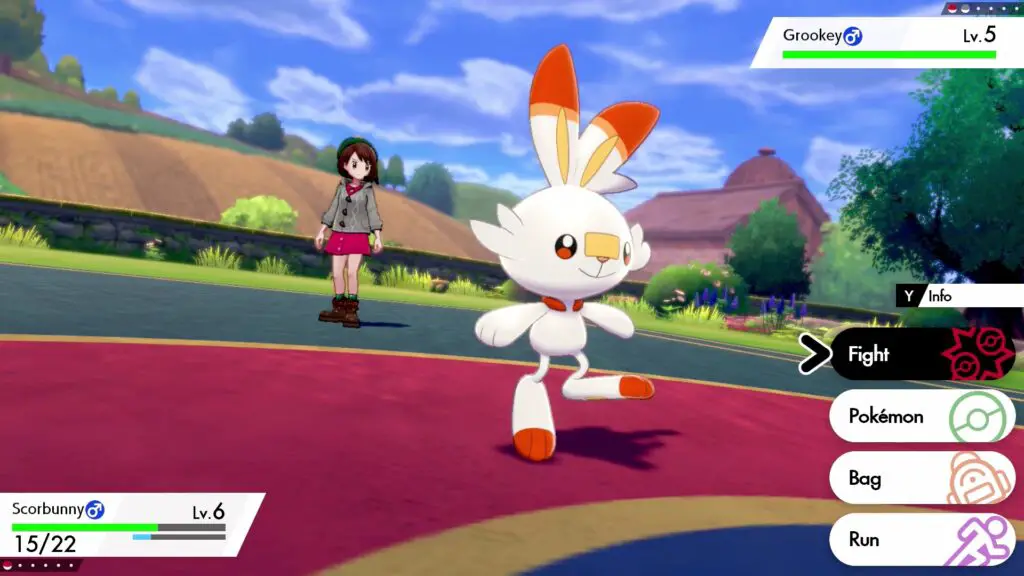
We will start with the most basic, turn-based combat governed according to character speed. The most straightforward example is Pokémon. In 1-on-1 fights, each trainer chooses the attack of their pocket monster, lashes out, and the one with the highest raw speed acts before the other. Knowing this, the player can employ strategies or defensive measures with slower Pokémons.
This changes a bit in games with more than one party member. Some turn-based RPGs allow players to choose all their characters’ actions simultaneously. Then everyone involved in the combat acts according to their speed, alternating between enemies if they are faster.
Breath of Fire and the first three Final Fantasy games are examples of turn-based combat ruled by agility – although, in the latter, some calculations in the backend can affect members’ orders. This kind of turn-based combat can create some discomfort for the player since if you plan to heal a member with a foot in the grave and the enemy kills it before your healer’s turn, the action is practically lost.
Early Final Fantasy was even more punishing. If you asked all your Warriors of Light to attack the same enemy and the enemy died on the first blow, the rest would hit the air and waste their turn. Later re-releases changed this, and our companions hit another random enemy if their first target perished.
Members that act on command

Another variation of turn-based combat is when the character performs the action after choosing it. Mario RPG works this way. When starting a fight, the fastest participant, an enemy or a friend, will act first and then move on to the next. Combats like this are separated by invisible rounds, and each character can only perform once before resetting the round.
Suppose Mario attacks first in the battle, then everyone else involved will take their turn. Once everyone has acted, we will go to round 2, starting Mario’s turn again. This type of combat is solid and allows players to think ahead of time, especially when healing is involved.
Have you noticed that Dragon Quest XI is like that? The combat in the game has quietly changed after 21 years. In the old days, you could select all the character’s actions, and they would act accordingly. Now, each character plays directly when their turn arrives, according to their speed and some more algorithmic calculations beyond our knowledge. There are exceptions. Some bosses act twice or thrice per turn, but this is Square Enix’s way of trying to balance the game’s difficulty.
Combat divided by rounds
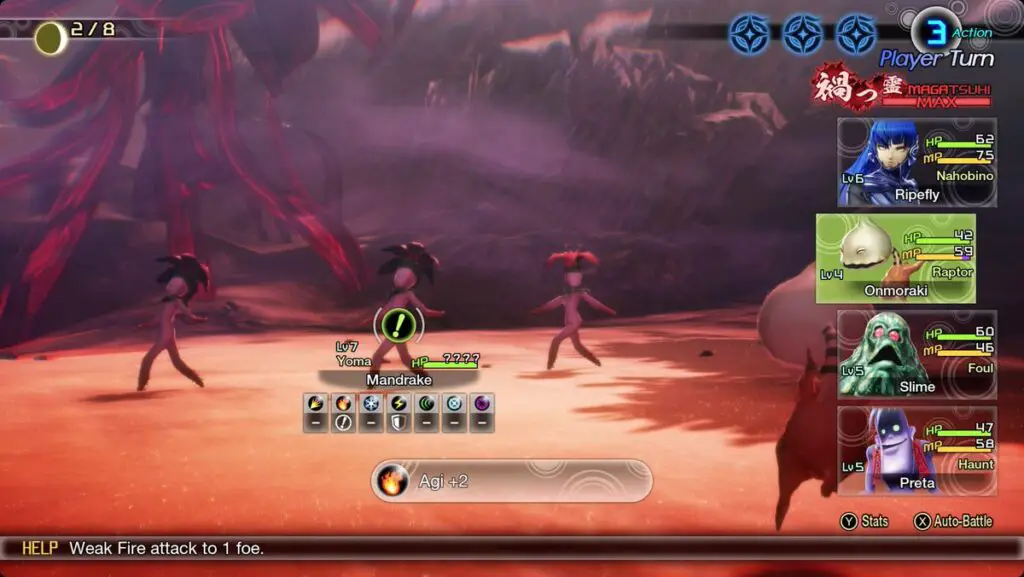
There are also turn-based fights that are clearly divided between player and enemy rounds. In the player’s round, you decide the order and which character will attack, and after everyone has acted, it is the enemy’s round. Valkyrie Profile has combat like this. The four party members operate on the player’s turn, and after they have exhausted their actions, it’s the enemy’s turn, alternately until the battle is over. There is no speed attribute in games like this since orders are fixed.
Shin Megami Tensei V has combat in this mode, alternating between the player’s and the enemy’s turns. The caveat is that this battle system can be a bit unfair if your luck runs out and the game decides to punish you. If all enemies attack the same party member, they will hardly survive, restricting your strategy in the next round.
The wistful Active Time Battle
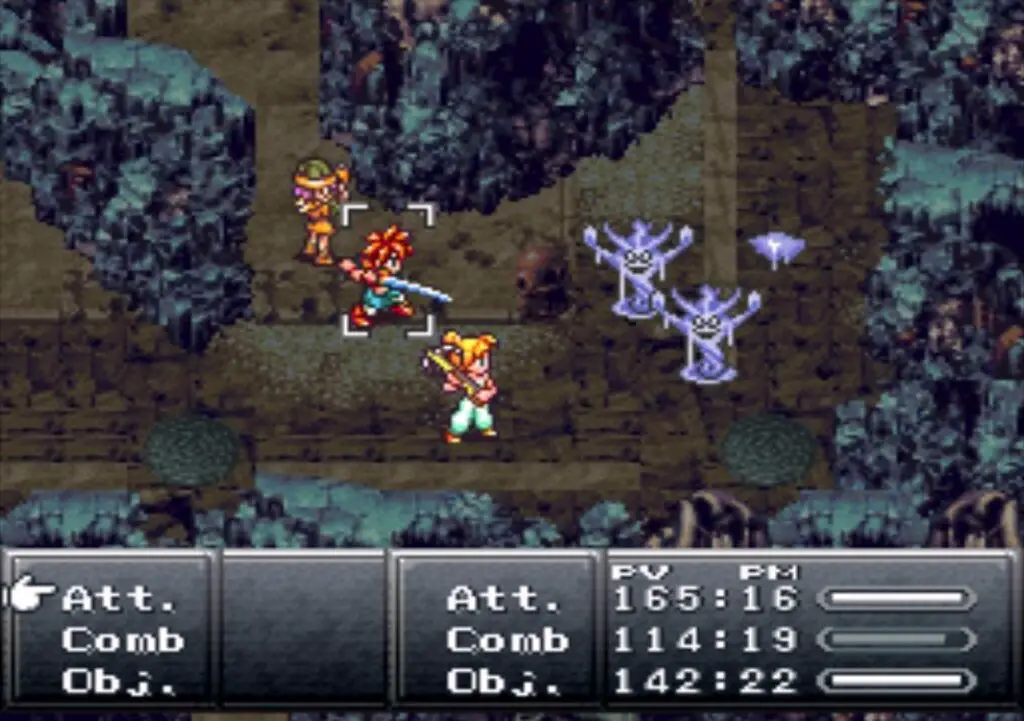
Now we will start with turn-based combat that added a new twist to its system, discreet or not. Beginning with the nostalgic and increasingly forgotten ATB, the active time battle.
Did you know that some people don’t consider ATB a turn-based battle? Are you one of them? ATB is the turn-based combat that debuted in Final Fantasy IV, lasted until FFIX, and has had some poetic license since then in FFXII, XIII, and VII Remake. This system features a gauge in battle, allowing the respective character to act when filled. The intention was to make the combats more agile and participatory since while we were selecting the character’s action, the enemy could still smack us.
You could change the combat style to Wait, which paused the game while you decided on the command. While ATB is widely recognized in Final Fantasy games, its best application is allegedly in Chrono Trigger. The Double and Triple Tech system encouraged you to manipulate the member’s turn, waiting for an ally to fill their turn gauge to participate in a combo. Chrono Trigger mechanics allied with the ATB-based combat to bolster the system’s strengths.
The rise of the Conditional Turn-based Battle
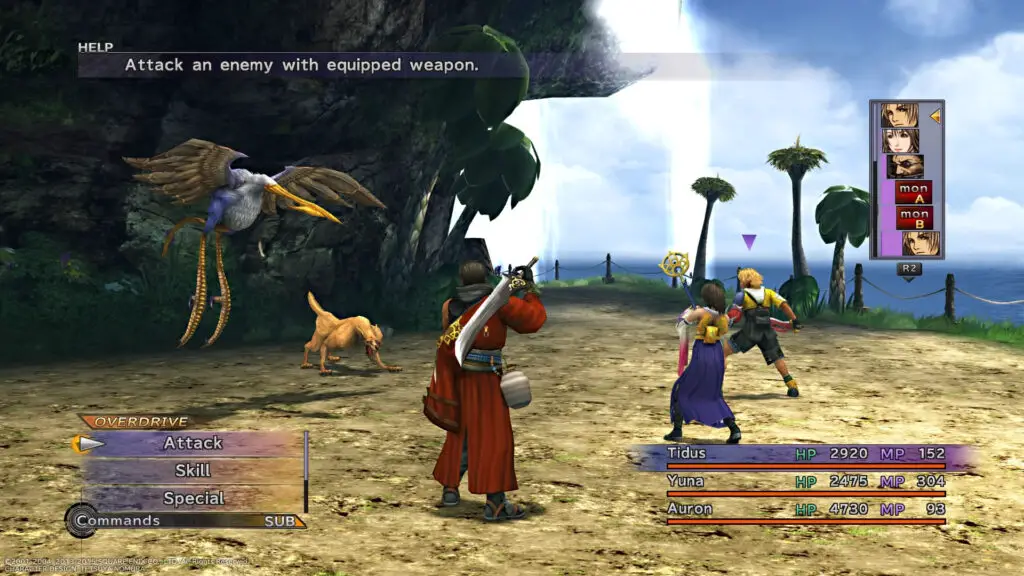
However, when Square Enix dropped the ATB system on Final Fantasy X, it created a turn-based style that many consider the quintessential turn-based RPG. The game has a battle where you can see the faces of your characters and the order in which they will act. Many RPGs like the Trails series, Octopath Traveler, and Atelier do this. But Final Fantasy X did it in such a simple and enjoyable manner.
The official name of FFX combat style is Conditional turn-based or CTB. While it’s blatantly turn-based, the system is manipulable. It’s as if each character’s ability has a weight, allowing them to act again more quickly or slowing down their next turn in exchange for a powerful ability. This type of combat encourages buffs and debuffs, something rarely explored in RPGs. Putting a Slow on the enemy or Haste on an ally will allow our characters to act three times in a row, which is addictively satisfying and recommended.
The CTB system also motivates us to use characters that deal less damage, like Rikku. Although her attacks aren’t as powerful as Auron, her Sphere Grid has a lot of agility, allowing her to act early and more often compared to the others, at least initially. Seriously, people, what good combat. I miss a game like this. By the way, let us make a parenthesis for those who enjoy this turn-based system. There’s a spectacular RPG called Fantasian. It was developed by Mistwalker, Hironobu Sakaguchi’s company, the creator of Final Fantasy. It has a turn-based combat similar to FFX, with a few additional quirks.
Turn-based systems with a pinch of real-time action
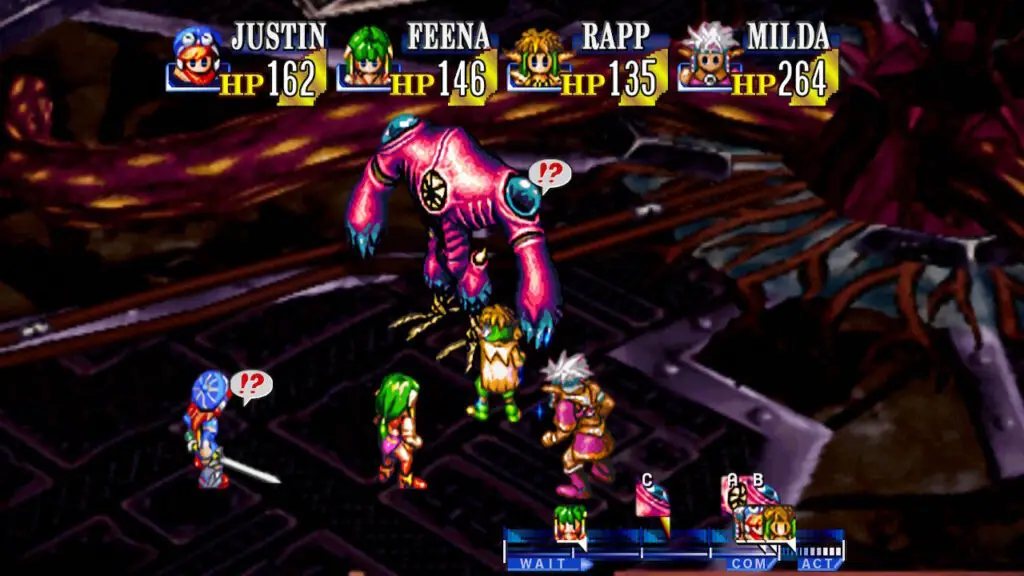
There is a battle system with a turn manipulation mechanic similar to what we discussed but with a spark of real-time combat. The Grandia franchise, for example. In battle, there’s a horizontal bar with three tabs: wait, command, and act. The faces of all the battle participants display on this bar, and they move until they reach each of these divisions. In the wait bar, everyone just stares at each other’s faces. When we get to command, a wheel of actions pops up, and we input an order. After selecting, the character’s face shifts until it reaches act and performs the determined command.
The bar between command and act loads faster if it’s a simple move. In case of a powerful ability, it takes longer. The interesting thing about this system is that there are ways to interrupt the enemy’s attack. So, if they are using some naughty magic and we manage to attack while their nasty faces are between Command and Act, their attack is interrupted, and they lose their turn, returning to the Wait section.
This turn-based battle system added a layer of strategy to the game that was very innovative at the time. There are other games with a similar style, such as Child of Light, which besides being artistically beautiful, also has delightful gameplay.
We could go on and on regarding different types of turn-based systems. Some are simply ordered by the party member’s speed but have an extra attack mode, such as the combos in Xenogears or Legend of Legaia. Others demand a timed input at the moment of the strike, as seen in Legend of Dragoon or Lost Odyssey.
Our point is that turn-based games are fantastic, and each novelty only rekindles the flame of enjoyment and our willingness to keep exploring them. So the next time someone tells you that turn-based games look alike, send this article to that person and show them how they could be mistaken.









